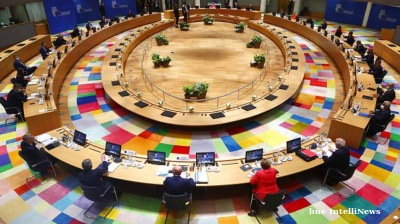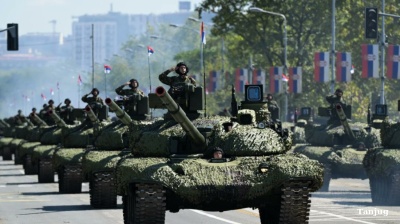Myanmar’s ongoing post-earthquake recovery has unfolded largely ignored by the outside world and amid a relentless civil war, severely complicating relief and reconstruction efforts across the country.
In late March, a 7.7-magnitude quake struck central Myanmar - devastating regions such as Mandalay, Sagaing, Naypyidaw and Shan State - killing at least 3,700 people and injuring nearly 5,000, with thousands more missing multiple news agencies reported at the time.
Infrastructure damage was catastrophic: over 100 bridges, hundreds of kilometres of roads, hospitals, schools and communications networks were flattened or severely impaired, leaving more than at least 2.5mn tonnes of rubble hindering access to the worst affected areas AP reported.
Compounding the earthquake’s devastation at the time it hit and the subsequent efforts to rebuild is Myanmar’s entrenched civil war. Since the 2021 coup, over 50,000 lives have been lost and approximately 3.3mn people displaced. Even after the quake – some claims state later the same day - airstrikes and artillery offensives by the military continued in rebel‑held territories such as Karenni, Kachin, Sagaing and Shan. And while a fragile, localised ceasefire was declared in quake-affected zones, numerous eyewitness reports and NGOs confirmed in the days following that bombing and ground assaults persisted - sometimes within hours of relief convoys having passed by.
Aid delivery in the months since has been slow and uneven. Military blockades, security checkpoints, and restrictions in non-junta areas have slowed humanitarian convoys. In many parts of Sagaing, Mandalay and surrounding townships, survivors remained in leaky tarpaulin tents - exposed to monsoons and disease AP says.
All the time, local reports claim decomposed bodies are still being recovered.
International aid responses have been limited and uneven. China and India led the most immediate external relief efforts: India’s “Operation Brahma” deployed medical units treating over 2,500 patients and delivering hundreds of tonnes of supplies within weeks of the disaster.
China meanwhile provided initial funding of $10 to 14mn million while under President Donald Trump’s controversial pull-back of USAID, funding lagged badly, leaving UN agencies and NGOs to fill critical gaps.
Local civil society and UN efforts show glimmers of hope, however. UN‑Habitat has engaged communities in Mandalay to lead debris clearance, train volunteer engineers, and launch resilience-focused shelter rebuilding sources say.
Still, with monsoon rains falling and healthcare crippled, the risk of disease outbreaks and worsening food insecurity looms large.
As a result, four months on, what emerges is a deeply fractured recovery: the earthquake has only exacerbated an already dire humanitarian crisis across Myanmar - driven by war and weakened institutions.
Without a genuine ceasefire and inclusive relief access, reconstruction is unlikely to be equitable or comprehensive. In many areas there will be no reconstruction efforts at all. In others, community-led efforts offer a path forward, but sustained aid, conflict resolution, and stronger governance will be essential if Myanmar is ever to rebuild anything more than its rubble-strewn present.
News

Afghanistan rejects Donald Trump's demands for Bagram air base return
Afghanistan firmly rejects Trump's demands for Bagram air base return, stating "not even an inch" of Afghan territory will be given to US despite threats.

UK, Australia and Canada recognise Palestinian state as Netanyahu threatens settlement expansion
UK, Australia and Canada formally recognise Palestinian state on September 21, with Netanyahu hinting at increased settlement expansion in response to international pressure.

EU finance ministers discuss Ukraine's Reparations Loan but no decision yet
EU finance ministers met in Copenhagen on September 20 to discuss tapping the cash pile of frozen Central Bank of Russia (CBR) money and using it to make a large Reparation Loans to Ukraine, but no final decision has been reached.

Serbia stages one of its largest military parades in decades
Fighter jets roared over the capital in a spectacle designed to showcase the power of the Serbian Armed Forces at a time of political tensions at home and increasing instability across the Western Balkans.




